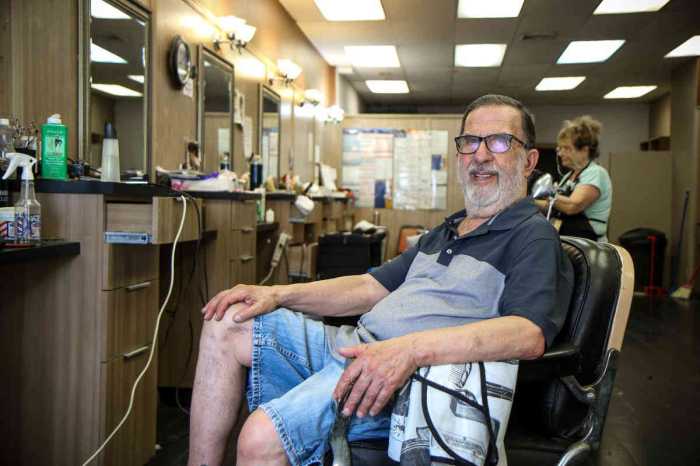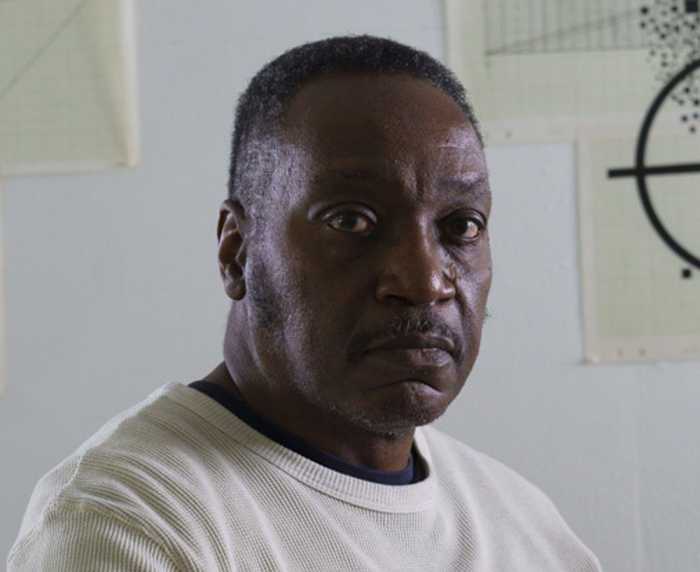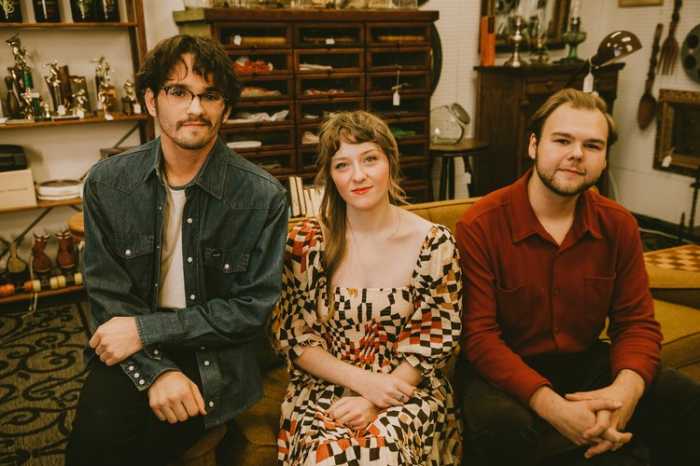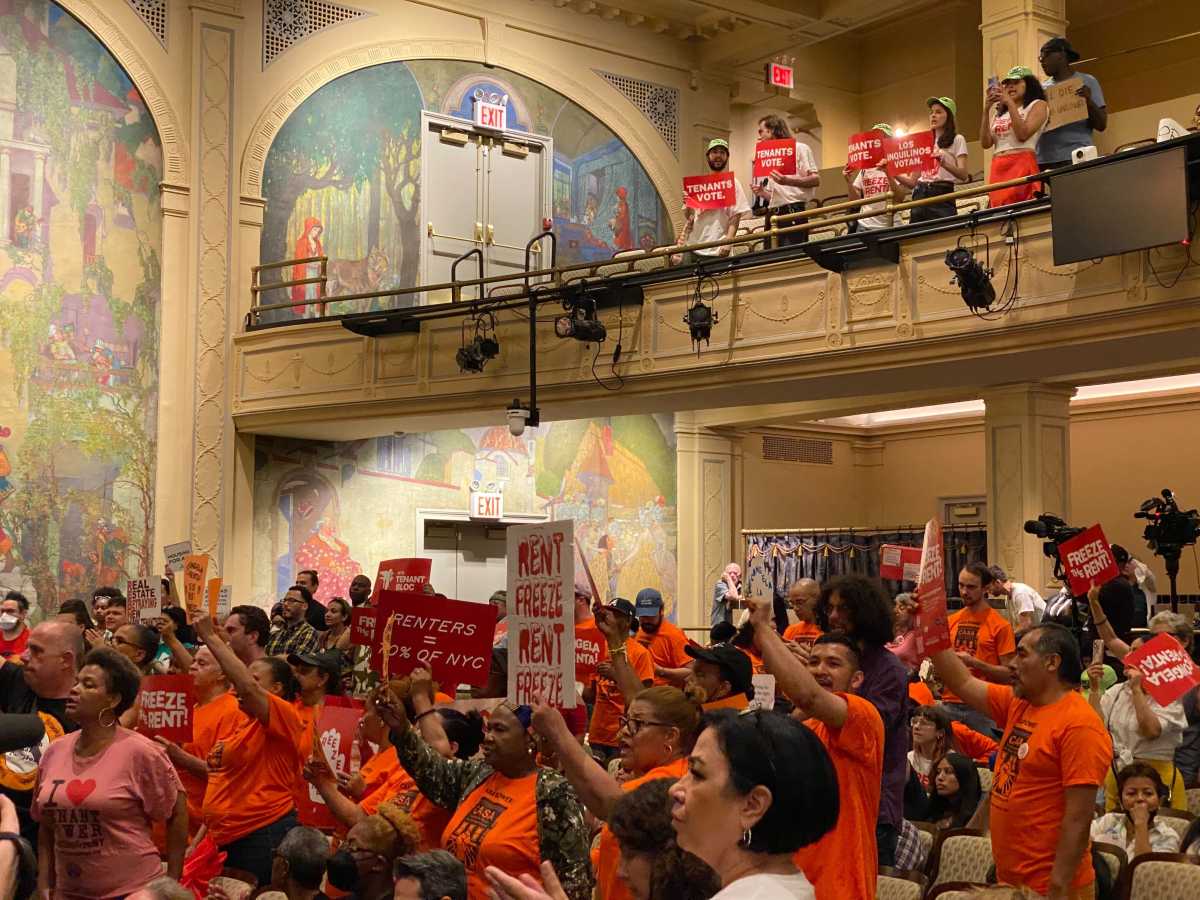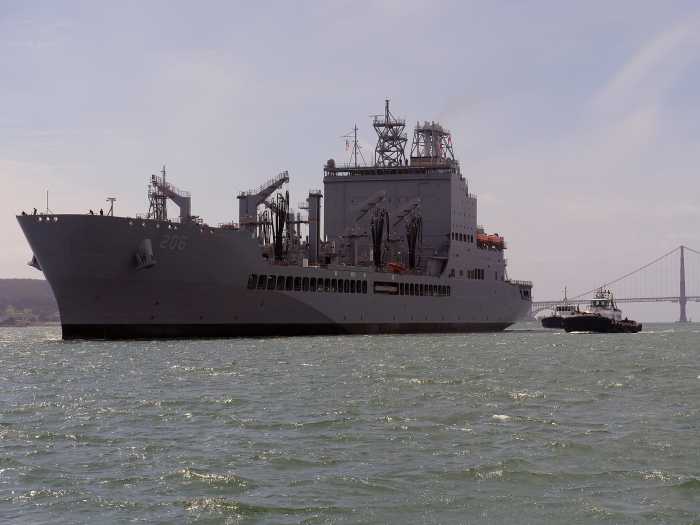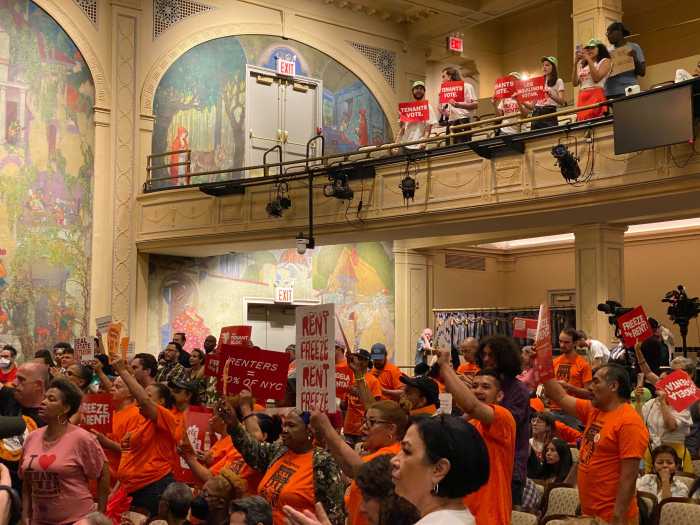Brighton Beach residents are furious about the city’s plan to take the boards out of their boardwalk.
As the Parks Department prepares to rip out the neighborhood’s wooden boardwalk this month and reconstruct it with plastic and concrete, locals who have fought to preserve the boardwalk’s iconic wood say the city is putting residents at risk for the next superstorm.
A wooden-boardwalk advocate said the gaps between the wooden slats slow down storm surges — ultimately reducing flooding and damage — while water simply whooshes over concrete slabs, and so hits land with a greater impact.
“When the waves hit the concrete, it is a solid surface with no place for the waves to displace,” said Todd Dobrin, president of Friends of the Boardwalk, who is suing to stop the replacement plans. “It is science — you can’t fight science.”
Months after Hurricane Sandy, the Public Design Commission of the City unanimously approved the Parks Department’s plan to remodel the wooden walkway between Coney Island Avenue and Brighton 15th Street with recycled plastic and concrete. The department’s plan also includes a 10-foot-wide concrete lane for emergency vehicles, which clashes with the boardwalk’s purpose, said one local.
“They’re basically doing this because they want to make it a highway for their trucks,” said Brighton Beach resident Ida Sanoff. “The boardwalk was meant to be a pedestrian thoroughfare — it was not meant to serve as a highway for multi-ton vehicle.”
The Parks Department’s purported rationale for replacing the tropical hardwood boardwalk with plastic and concrete is that the traditional boards are expensive and harvesting them from the rainforests contributes to climate change.
But a Brighton board booster says the agency is creating a false choice between concrete and tropical deforestation.
“We would prefer not to use rainforest wood,” said Rob Burstein, the president of the Coney-Brighton Boardwalk Alliance. “There are viable alternatives.”
Burstein said many boardwalks on the East Coast use yellow pine, which can last as long as rainforest hardwoods when treated.
“All of the boardwalks along the East Coast, virtually of them, don’t use concrete,” he said, adding that they don’t use rainforest wood either. “They take a wood, like yellow pine, they harden it to the hardness of rainforest wood.”
Burstein said other options include white oak and black locust wood, which he said have been suggested to the Parks Department numerous times, to no avail.
Sanoff said that the city shouldn’t put protecting the rainforests above protecting its own citizens, and warned that if the wood is replaced by cement, waterfront residents will be stripped of their only line of defense against a future superstorm.
“It is all about slowing down that storm surge,” said Ida Sanoff. “I think it is outrageous that they are ignoring the safety of tens of thousands of people.”



